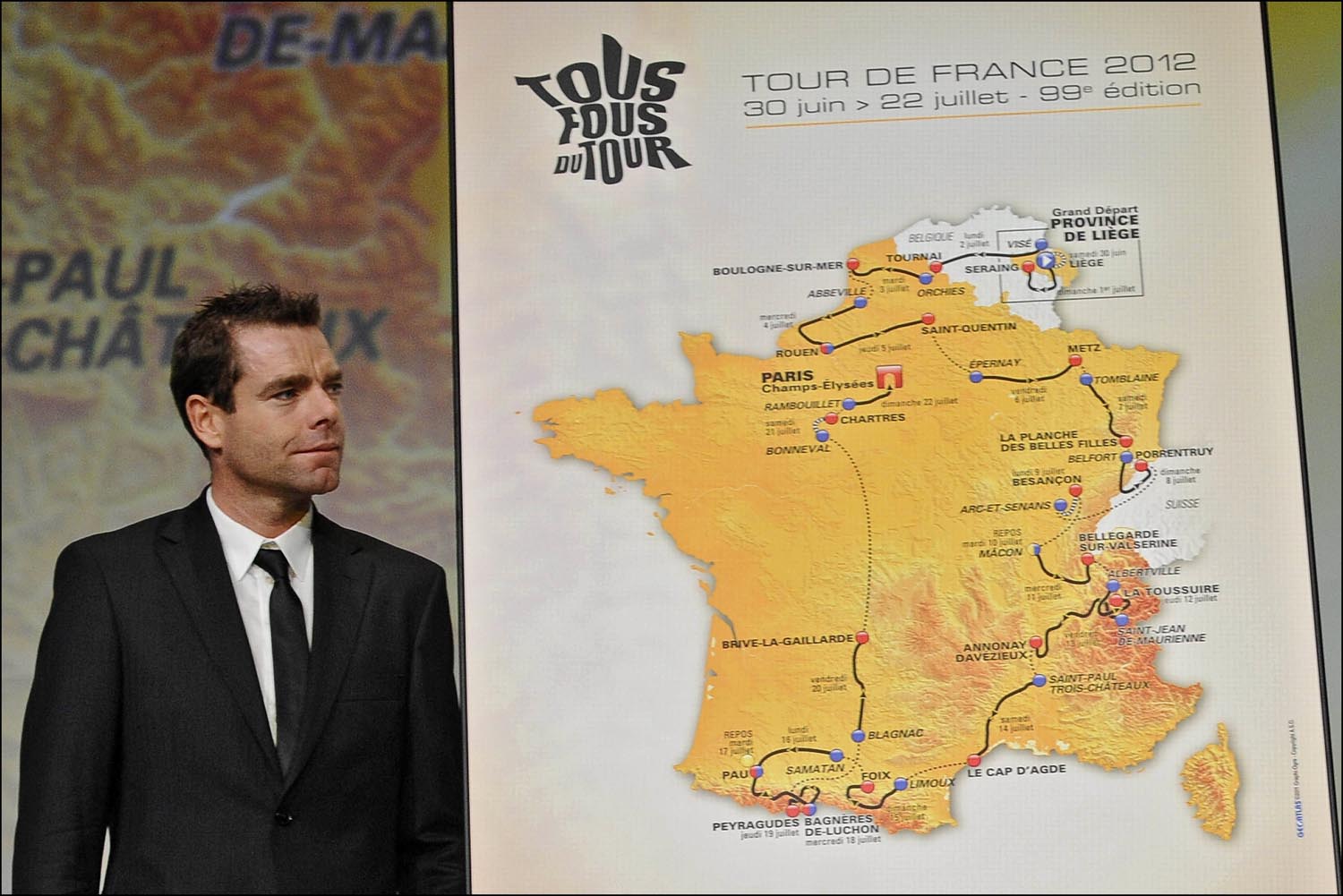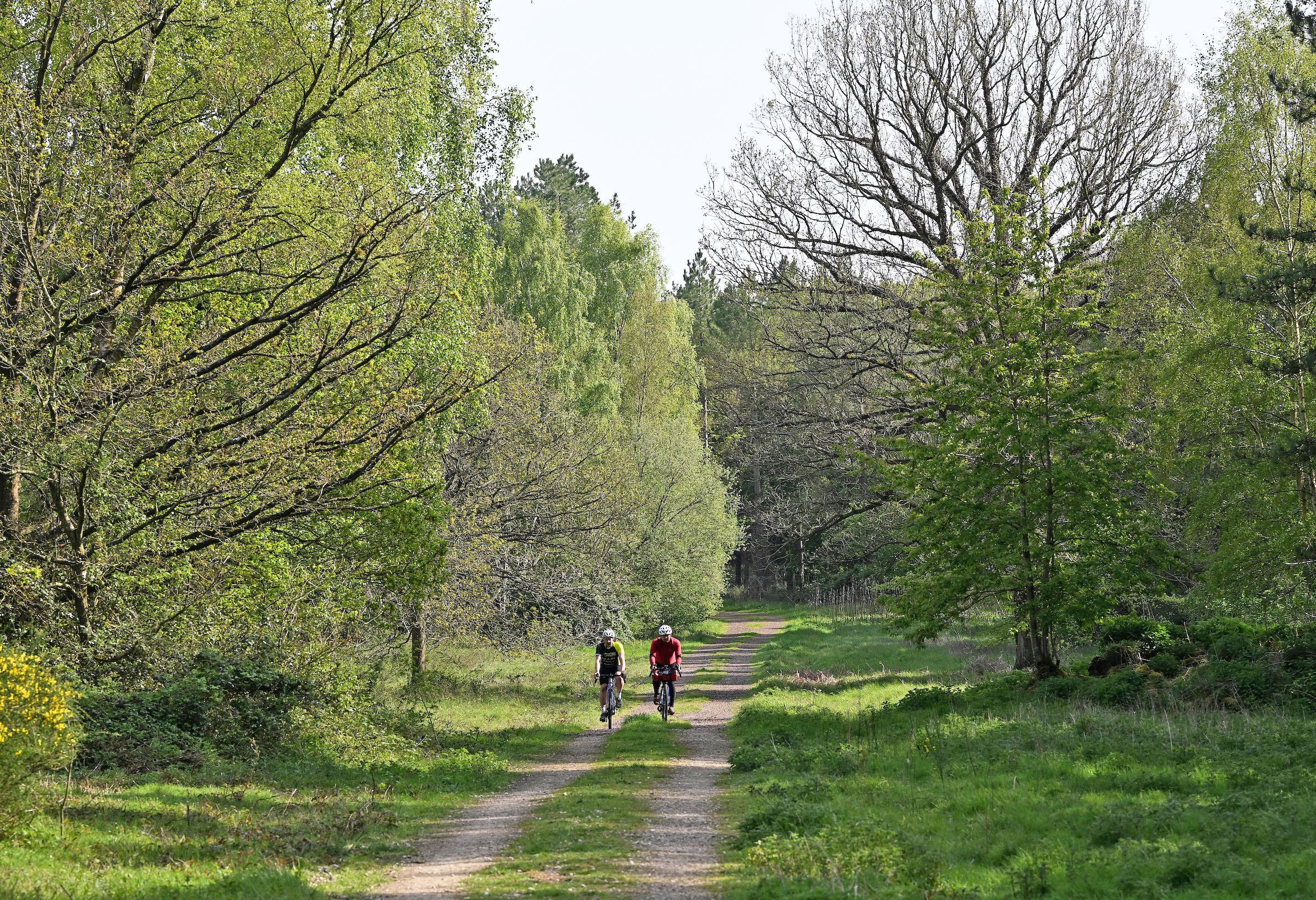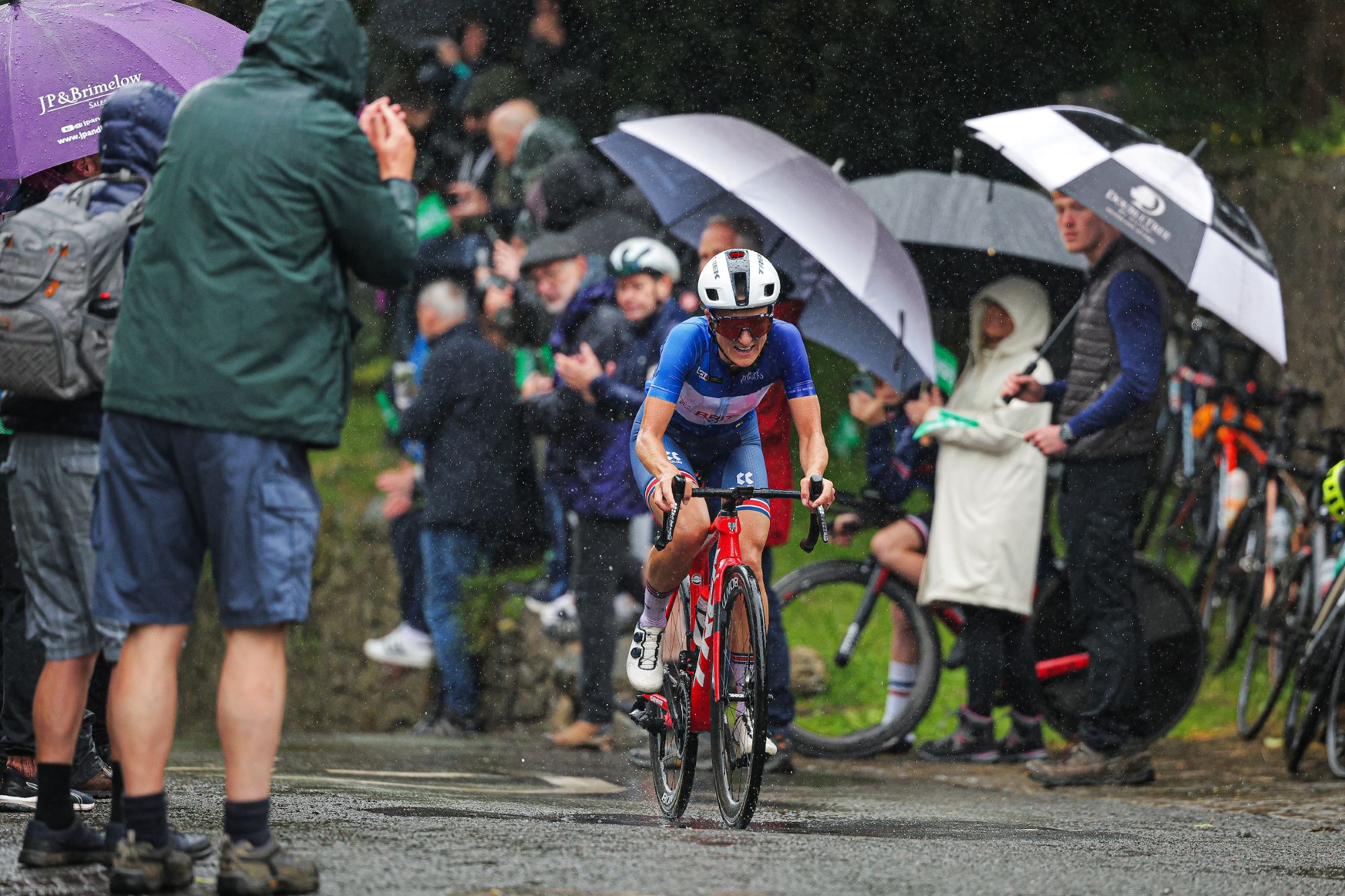Nine things we like about the 2012 Tour

The previous two editions of the Tour de France have seen the organisers pile on the high mountain stages and summit finishes to celebrate the centenaries of the Tour in the Pyrenees and the Alps.
2013 will see the hundredth edition of the race itself, demanding a parcours with something a little special. So what about 2012? Many riders could have their own question mark by the 2012 Tour, with the Olympic road race taking place less than a week after the final stage on the Champs Elysées.
What looks like unorthodox route on a map takes in many new roads and destinations meaning there are still plenty of reasons to get excited about the 2012 Tour.
1. Great spectator opportunities for British fans
Stages three and four take riders to the far north of France and within a stone's throw from the ferry ports of Boulogne-sur-Mer, Dieppe and Calais.
The first of these, on Tuesday July 3, takes in a course for the classic specialists. Departing from Orchies, near the famous cobbles of Paris-Roubaix, stage three on heads towards Boulogne where organizers have scattered five short yet sharp climbs to favour the puncheurs in the peloton.
Whoever makes it over these at the front of the race will then have a spectator-friendly 700m uphill finish to tackle. With Philippe Gilbert, Thor Hushovd and Cadel Evans in their squad, the stage is BMC's to lose - but look out for GB's Geraint Thomas who proved this year that he could mix it up with the best on the steep ramps of Brittany and Normandy.
Get The Leadout Newsletter
The latest race content, interviews, features, reviews and expert buying guides, direct to your inbox!
Mark Cavendish will have his podium shoes ready for stage four, as the flat course is almost certain to end in a bunch sprint. The crosswinds along the plains of Normandy should keep things interesting though, with sprinters and GC favourites alike pushing for spaces at the front of the peloton to avoid finding themselves the wrong side of any splits.
2. A course designed for Bradley Wiggins?
The presence of two individual time trials will delight Wiggins fans, since they give the world TT silver medalist nearly 100km to put time into his opponents who prefer the climbs.
The last time the Tour included two TTs and a prologue was in 2007, where the podium was filled with three competent time-trial riders separated by just 31 seconds: Contador, Evans and Leipheimer. These three, along with Tony Martin, will provide ample competition and Bradley will have to be at his best to have a chance of beating them to Paris.
3. Green jersey for Cavendish
With potentially seven stages up for grabs, Mark Cavendish will have plenty of opportunities to gain the points he needs to successfully defend his green jersey. The biggest unknown for Cavendish, and indeed his fans, is how he is going to fare without the infamous and ever-present HTC lead-out.
Many of the flat stages take place on exposed roads, most notably in Cap d'Agde on stage 13, during which Cav has traditionally relied on wind-blocking powerhouses of the likes of Eisel, Rasmussen, Martin and Renshaw to carry him to the line. He has always been the first to thank his HTC team-mates for their role in his victory; this year we could see just how important they were.
4. A British team going for two jerseys
The last time a single team won both the yellow and green jerseys in a Tour de France was in 1997, when Ullrich and Zabel prevailed for Team Telekom. Quite how Team Sky intend to replicate this remains to be seen, and will be one of the more intriguing tactical elements of the Tour in recent years.
The performances of Wiggins and Froome at the Vuelta, and the dominance of the British team at the World Championships, have shown that Sky are one of the teams most capable of doing so.
But Will Wiggins ride for Cavendish in the opening stages? What role will the likes of Thomas and Boassan Hagen have? And how will Chris Froome fit into the squad? These questions, and more, will be major headaches for Dave Brailsford in the coming months.
5. New climbs
For the first time, the scenic Col du Grand Colombier will feature in the Tour in 2012; its summit comes 40km from the finish of stage ten to Bellegarde-sur-Valserine. On top of this, various new towns and routes through the Jura and Vosges will help to spice up the route and show which teams have been doing their homework.
6. Two big climbers stages
Despite being light on the high-mountains, there are two notable mountain stages in this year's race. The first of these takes place in the Alps on July 12 as four climbs over 1500m in altitude are crested for stage 11: the cols of the Madeleine, Croix de Fer and Mollard, and the final summit finish at La Toussuire.
A climbers' ‘menu du jour' is served up on July 18 for a stage 16, which takes in the classic itinerary of Aubisque, Tourmalet, Aspin and Peyresourde before finishing in Bagnères-de-Luchon. With ascents of this calibre fairly thin on the ground, expect the pure climbers to battle it out for the polka-dot jersey on these two days.
7. Jura and Vosges
The riders will have little chance to enjoy the beautiful scenery in the medium mountains of Eastern France and Switzerland as the constant undulations and sharp changes in gradient will force them to always be on their guard.
It is perfect breakaway territory; whether an escape will be allowed to succeed after the exploits of Thomas Voeckler into Saint-Flour in 2011 is not quite so certain.
8. New Teams
Following the demise of many teams at the end of this season, there will be a number of ‘super-teams' with big points to prove in next year's race.
GreenEdge, the team of Australian sprinters, will look to take on Cavendish in the sprints along with his former team-mates Andre Greipel and Tony Martin who will line up in the colours of Omega-Pharma Quickstep.
BMC Racing will be able to deploy Philippe Gilbert and Thor Hushovd on top of defending champion Cadel Evans, and a newly merged Leopard-Trek/Radioshack team will surely put up a good fight for the overall with the two Schlecks at the helm.
9. Forcing the Schlecks to attack?
With a depleted Contador and a course that seemed to suit him to the tee, it took Andy Schleck until the penultimate alpine stage of 2011 to make his decisive attack to gain time over his rivals.
With a course that sees him and brother Frank at a significant disadvantage to the likes of Contador, Evans and Wiggins, fans of the Luxembourgeois will hope that they feel freer to ride aggressively over a parcours over which they have much less to lose.
Related Links
Tour de France 2012: Route unveiled
LIEV: Tour de France 2012 route presentation

Thank you for reading 20 articles this month* Join now for unlimited access
Enjoy your first month for just £1 / $1 / €1
*Read 5 free articles per month without a subscription

Join now for unlimited access
Try first month for just £1 / $1 / €1
Richard Abraham is an award-winning writer, based in New Zealand. He has reported from major sporting events including the Tour de France and Olympic Games, and is also a part-time travel guide who has delivered luxury cycle tours and events across Europe. In 2019 he was awarded Writer of the Year at the PPA Awards.
-
 The sun's out and so am I: why there's no shame in being a fair-weather bike rider
The sun's out and so am I: why there's no shame in being a fair-weather bike riderLet's be honest, rain and riding bikes don't mix well – there's nothing wrong with waiting for the sun
By James Shrubsall
-
 FDJ-Suez, SD Worx-Protime, Lidl-Trek confirmed for Tour of Britain Women as strong list of teams announced
FDJ-Suez, SD Worx-Protime, Lidl-Trek confirmed for Tour of Britain Women as strong list of teams announced18 teams set to take part in four-day WorldTour stage race
By Tom Thewlis